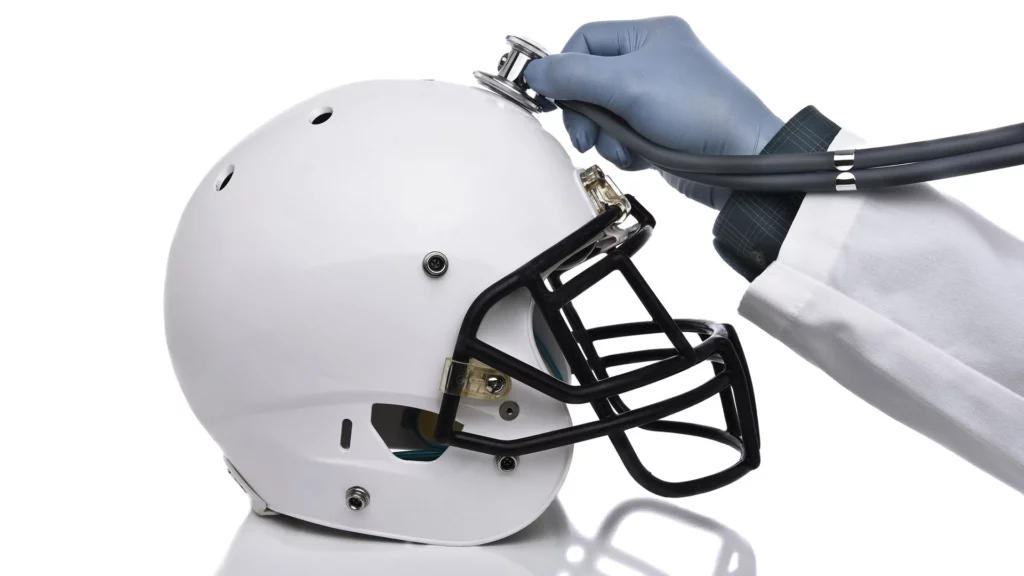Capnography is a critical tool in the field of emergency medical services (EMS), and provides live, important data on the patient’s respiratory status. While it’s counterpart, SP02, often gets all the attention, capnography offers more critical information than the provider might not realize.
The Four Pillars of Respiratory Physiology
The Four Pillars of Respiratory Physiology are ventilation, perfusion, oxygenation, and diffusion. Ventilation refers to the movement of air in and out of the lungs, while perfusion is the delivery of blood to tissues. Oxygenation refers to the saturation of the hemoglobin molecule with oxygen, and diffusion refers to the movement of oxygen and carbon dioxide (CO2) between the lungs and the bloodstream as well as the bloodstream and the tissues.
There are several tools that read CO2, such as colorimetric devices or EZ-caps, but waveform capnorgraphy is the gold standard of CO2 detection and reading. Waveform capnography presents two pieces of data. The end-tidal CO2 (ETCO2), which is the maximum amount of exhaled air at the end of a breath, and the capnogram, which is a graph that shows the waveform of CO2 over time.
Capnography Waveforms
Capnography waveforms have several key components, representing inhalation, exhalation, and the expiratory plateau. Based on the number and size of the waveforms, hyperventilation and hypoventilation can also be detected through capnography. Additionally, changes in the shape of the waveform can indicate respiratory disorders such as asthma.
Capnography is a valuable tool for recognizing irregular respiratory patterns and detecting respiratory depression and airway disorders, especially during sedation. It is also useful in understanding ventilation-perfusion mismatch and acid-base balance. The ROME mnemonic, which stands for Respiratory Opposite, Metabolic Equal, is often used to explain the relationship between CO2 and pH. If acidosis is respiratory in nature, the CO2 and ph will be headed in opposite directions (ph will be low and CO2 will be high). If acidosis is metabolic in nature, they will head in the same direction (Both will be low).
End-Tidal CO2
ETCO2 can tell us more than just respiratory information. ETCO2 readings can show us the accuracy of endotracheal tube placement and the effectiveness of CPR compressions. ETCO2 readings above 10 can indicate the return of spontaneous circulation (ROSC) during resuscitation.
Capnography is a crucial tool for EMS providers to understand respiratory physiology, recognize irregular respiratory patterns, and detect respiratory depression and airway disorders. EMS providers need to learn and use capnography to improve treatment and care for their patients.
Guardian Medical Education
We are passionate about medical education and offer a variety of continuing education resources for EMS and will be expanding to nurse education in the future.



